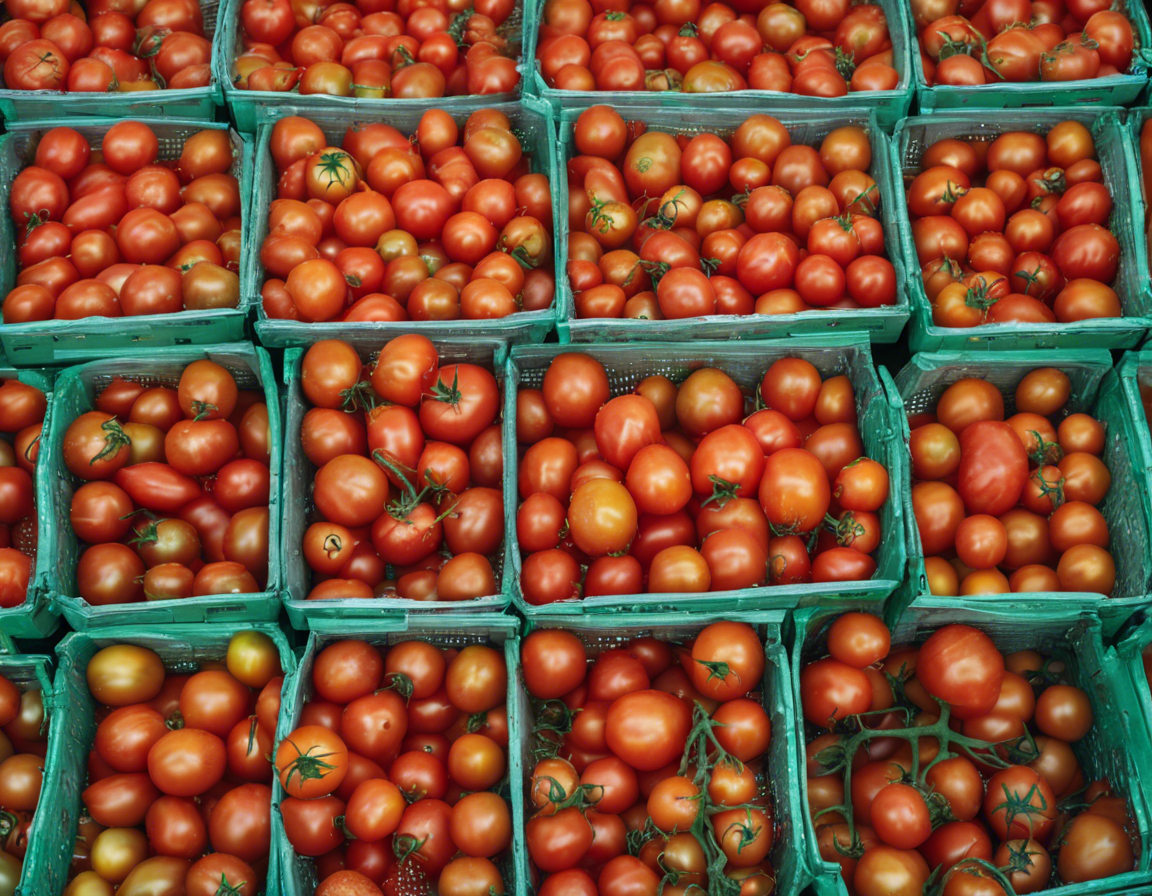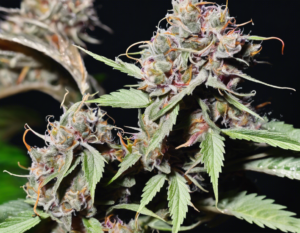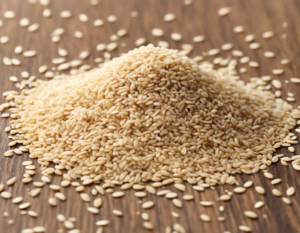Mastering the Art of Tomato Price Fluctuations
Tomatoes are one of the most versatile and widely used ingredients in the culinary world. Whether you are a professional chef, an avid home cook, or a food enthusiast, you likely rely on tomatoes for various dishes and recipes. However, tomato price fluctuations can be a challenge to navigate, especially if you are operating on a budget or running a business that heavily relies on this key ingredient. Understanding the factors that influence tomato prices and learning how to respond strategically can help you master the art of dealing with tomato price fluctuations effectively.
Factors Influencing Tomato Prices
1. Seasonality
Tomato prices are heavily influenced by seasonal changes. Prices tend to be lower when tomatoes are in abundance during peak growing seasons, and higher during off-seasons when supply is limited.
2. Weather Conditions
Weather plays a significant role in determining tomato prices. Adverse weather conditions such as excessive heat, storms, or droughts can impact the quality and quantity of the tomato harvest, leading to price fluctuations.
3. Transportation Costs
The cost of transporting tomatoes from farms to markets can also affect tomato prices. Fluctuations in fuel prices and transportation logistics can contribute to price variations.
4. Demand and Supply
Fluctuations in tomato prices are often a result of shifts in supply and demand dynamics. Increased demand or limited supply can drive prices up, while oversupply can lead to price decreases.
5. Global Market Trends
Global market trends and trade policies can also impact tomato prices. Factors such as international trade agreements, tariffs, and currency exchange rates can influence the cost of tomatoes in local markets.
Strategies for Dealing with Tomato Price Fluctuations
1. Diversify Your Tomato Sources
To mitigate the impact of price fluctuations, consider diversifying your sources of tomatoes. Building relationships with multiple suppliers, including local farmers and wholesalers, can help you secure a stable supply at competitive prices.
2. Adjust Your Menu
During periods of high tomato prices, consider adjusting your menu to feature dishes that require less tomato or can be easily substituted with alternative ingredients. This flexibility can help you manage costs without compromising on quality.
3. Preserve and Store Tomatoes
To take advantage of lower prices during peak seasons, consider preserving and storing tomatoes for later use. Canning, freezing, or drying tomatoes allows you to extend their shelf life and ensure a steady supply throughout the year.
4. Negotiate with Suppliers
Maintain open communication with your suppliers and negotiate pricing agreements that take into account price fluctuations. Consider entering into fixed-price contracts or long-term partnerships to secure stable pricing arrangements.
5. Monitor Market Trends
Stay informed about market trends, weather forecasts, and tomato price projections to anticipate potential fluctuations. By staying proactive and adjusting your purchasing strategies accordingly, you can better manage the impact of changing prices.
Frequently Asked Questions (FAQs)
1. How do I know if tomato prices are expected to rise or fall?
Monitor industry news, weather reports, and market trends to stay informed about potential price fluctuations. Additionally, establishing relationships with suppliers and staying in touch with local farmers can provide valuable insights into tomato price projections.
2. Should I buy in bulk to save costs on tomatoes?
Buying in bulk can be cost-effective, especially when tomato prices are low. However, consider factors such as storage capacity, shelf life, and demand projections before purchasing large quantities of tomatoes.
3. What are some cost-effective alternatives to fresh tomatoes during price spikes?
During periods of high tomato prices, consider using canned tomatoes, tomato paste, or sun-dried tomatoes as cost-effective alternatives. These options can provide flavor and nutrients without breaking the budget.
4. How can I make the most of tomato price fluctuations to benefit my business?
Take advantage of lower tomato prices during peak seasons by stocking up on tomatoes for future use or offering special promotions to attract customers. Being proactive and adaptable in response to price fluctuations can help your business thrive.
5. Are organic tomatoes more susceptible to price fluctuations?
Organic tomatoes may be more susceptible to price fluctuations due to their limited supply and higher production costs. Consider sourcing organic tomatoes from local farms or co-ops to support sustainable practices and potentially mitigate price fluctuations.
Mastering the art of dealing with tomato price fluctuations requires foresight, flexibility, and strategic planning. By understanding the factors that influence tomato prices and implementing effective strategies to navigate price fluctuations, you can optimize your purchasing decisions, manage costs, and ensure a steady supply of this essential ingredient for your culinary endeavors.














Post Comment